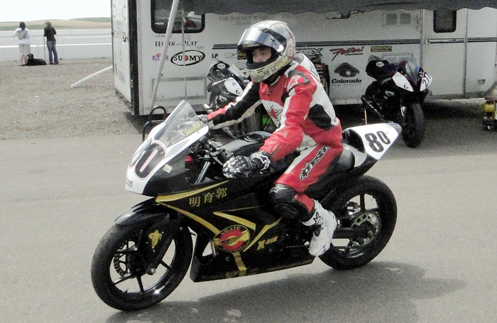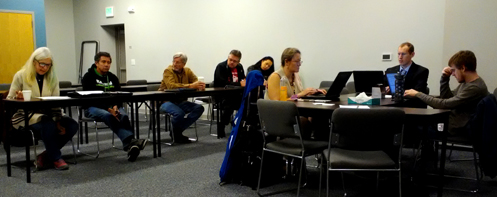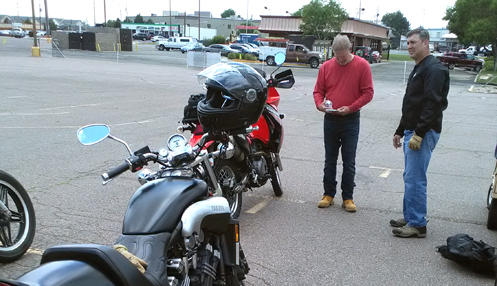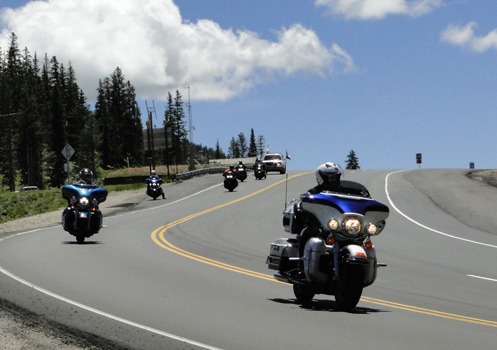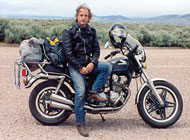Don’t Need No Stinkin’ License (?!)
Thursday, December 6th, 2018If you ride a motorcycle you need accreditation on your driver’s license, right? Oh dude, that’s so last century!
Or at least that is apparently how some young hotshots on sportbikes see it.
This was an interesting discussion we had at the ABATE District 17 meeting last month. ABATE of Colorado is one of a number of outfits offering rider training courses, and the best way to get your initial accreditation is to take a Beginning Rider Course (BRC). At the end, presuming you pass the riding part of the test, all you then need to do is go to Motor Vehicle and take the written test. Boom, you’re licensed.
What one D-17 member brought up, however, is that he is a member of a few Facebook motorcycle groups, and among those who are active in that group, the general opinion is that hey, we don’t need no stinkin’ license. If a member posts that he/she got busted for riding without a license the common response is, “You should have outrun the cops!” Truth is, if you are a skilled rider of a high-powered sportbike, you probably can outrun the cops pretty easily. Unlike you, they are not going to risk the public safety trying to chase you down.
But sometimes they get nailed. And often that means, in order to get their bike back–which is often impounded–they have to get licensed. And as I said, there’s no better way to get licensed than taking a BRC. So rider coaches are accustomed to having students in their classes moaning that they have to take this course. They don’t want to, but they want their bike back.
I don’t know about you, but I consider this attitude a problem. For one thing, people die because of it. Just because you buy a sportbike and learn to ride it reasonably well does not make you Valentino Rossi. Unfortunately, that’s the last lesson some people learn just before they shuffle off this mortal coil.
So, ABATE offers rider training, and the discussion was on the question, how do we persuade more people to get training? Obviously, the more students, the more ABATE makes in fees, but the fees were not the focus of the conversation. We all just really believe people should get trained. It makes you a better rider. But how do you reach people?
One obvious thought is to try to engage them on the Facebook groups, but doesn’t seem particularly promising. Nobody responds well to a public scolding. Meanwhile cultivating relationships and gradually trying to point people in a certain direction is very time-consuming, with no guarantees even then.
It’s hard. And no, we didn’t come up with any silver bullets. If you’ve got one, or even just a copper .BB, fire it my way. In the meantime, if you know anyone riding without a license, do them a favor and try to talk some sense to them. The life you save may be theirs.
Biker Quote for Today
I learned one thing from jumping motorcycles that was of great value on the golf course, the putting green especially: Whatever you do, don’t come up short. — Evel Knievel
